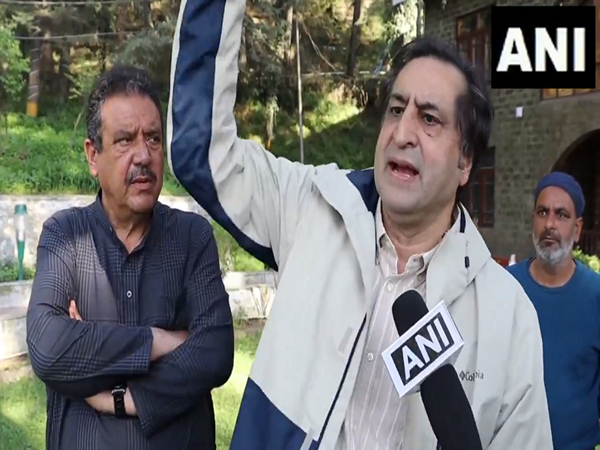Experts from India, Bhutan warn of risks from China's proposed dam on Brahmaputra
Apr 08, 2025

Guwahati (Assam) [India], April 8 : Amid growing concerns over China's plans to construct the "world's largest dam" on Brahmaputra, experts from India and Bhutan have voiced serious reservations about the project, warning of environmental and geopolitical risks.
Neeraj Singh Manhas, Advisor at Parley Policy Initiative, said China had been planning mega project for some time on Yarlung Tsangpo river. Yarlung Tsangpo is called Brahmaputra when it enters Assam.
He said while China may justify the hydroelectric project in terms of its push towards renewable sources of energy, the project has ramifications for India--especially in the Northeast.
"In case of India - Arunachal and Assam; what they have faced - in 2000, we have seen a huge dam that leaked in the Tibetan region, and led to great devastation in the North East at that point in time," he said. 
A similar episode occurred in 2017 when "the freshwater river, which comes from the upper riparian - it suddenly became black in colour."
Researchers attributed this to unregulated mining activity on the Tibetan plateau, elevated at 4,000-5,000 metres. "It has a huge amount of natural resources which still need to be explored, and China is still continuously doing that without taking care of the needs of the Tibetan people," he said.
He further noted the precedent set by the Yangtze Dam. "The Yangtze Dam, which is the largest dam in the world, has displaced the local indigenous people of Tibet. About 1.3 billion people were displaced at that point of time."
From Bhutan's perspective, the concerns are no less significant, although the immediate geographic impact may be less direct.
"For Bhutan in particular, I have to admit that because we are upstream of the Brahmaputra itself, although the river does go around Bhutan, making the dam on the bend would not really impact Bhutan directly. Still, the potential downstream effects cannot be ignored. All the rivers from Bhutan also join the further down," said Chhimi Dorji, Member of the Evaluation Association of Bhutan.
Dorji voiced apprehensions about the structural and environmental risks associated with such a massive construction.
"When it comes to the technical and environmental aspects of having something this big in the regions that have been mentioned before, it would be like storing something that's about to burst, and because of technical issues of dam failures or natural disasters such as earthquakes, it could be a risk."
The cultural and spiritual implications also weigh heavily on both Indian and Tibetan communities. "We believe both in the Indian side and also the Tibetan site are considered as sacred sites, so it's also a compromise to that one," Dorji noted.
Separately, Dorji also offered a personal perspective on India-Bhutan relations in the context of regional collaboration and trust. "When it comes to the bilateral relationship between India and Bhutan, as a private citizen and as a beneficiary of a scholarship from the Government of India to study in India, I can say this relationship is exemplary--one of its kind in the world," he said. "I went to school and college in India, and there is very good collaboration between the two countries."
He emphasised the importance of people-to-people ties. "The people-to-people contact, as you mentioned earlier, has also improved significantly in recent years. We are visiting India more often than before, and similarly, Indian leaders and our Indian brothers and sisters are visiting Bhutan. I think it's a very good relationship--an example to the world. There could be even more collaboration in terms of the exchange of technical science and technological information."
As China advances its hydropower agenda, experts caution that transparency, regional cooperation, and shared ecological responsibility must take priority over unilateral ambition.



















